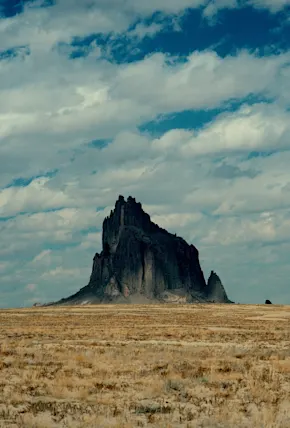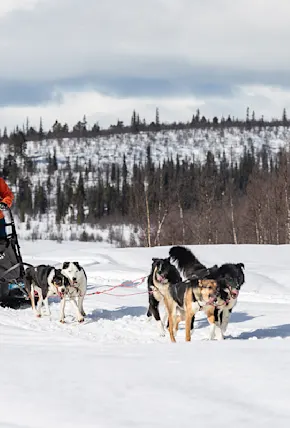The concept of friluftsliv—a word that translates roughly to "outdoor life”—is about as Norwegian as cross-country skiing and wool-knit sweaters. Open up Instagram and you’ll find over 1.5 million posts tagged with #friluftsliv, showcasing humans posing, hiking, and generally enjoying miles of open country. The phrase, pronounced “free-loofts-liv,” was coined by famous Norwegian playwright Henrik Ibsen in a poem in 1859 titled "På vidderne." He used the term to describe the value of spending time in remote locations for spiritual and physical wellbeing. Break it down, and you'll find that friluftsliv consists of three words: “Fri” meaning free, “luft” meaning air, and “liv” meaning life. It's not dissimilar to the Danish hygge, but where hygge describes finding comfort indoors, friluftsliv is all about finding sanctuary outdoors.
Despite being a nation with a very modern lifestyle, connecting with nature and enjoying an outdoor lifestyle is seen as a core element of Norwegian culture. Friluftsliv even has its own law, Friluftsloven, aka the Outdoor Recreation Act of 1957, which includes the Norwegian right to roam. The basic rule is as follows: show due care and consideration to the countryside, respect private property, and be kind to others who roam, and there's nowhere you can't go.




















